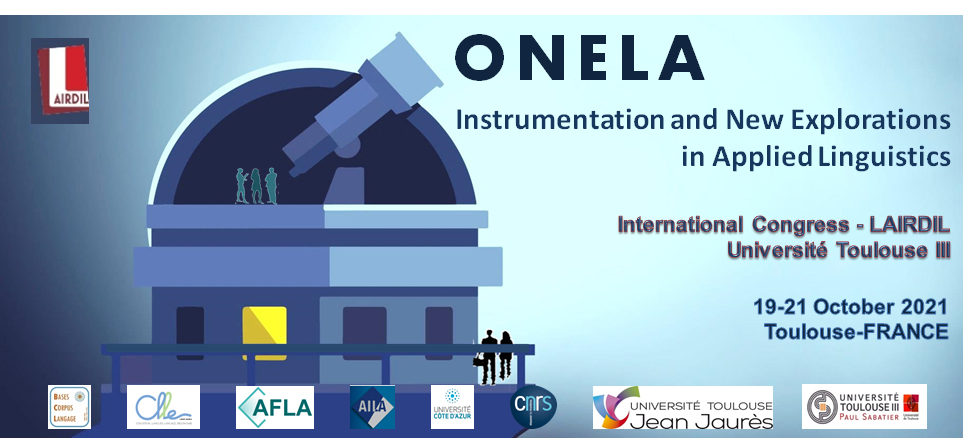The main objective of this paper is to explore the relationship between language and identity through an analysis of public attitudes towards foreign loanwords in contemporary Japanese society. In particular, the book uncovers the process by which language is conceived of as a symbol of national identity by examining an animated newspaper controversy over the use of foreign loanwords. Over the course of its history, Japanese has borrowed a large number of words from other languages. Among them, Western loans are called gairaigo and the majority presently in use are English-derived. Although there is a great diversity among what is known as gairaigo in terms of the level of assimilation, gairaigo is generally categorised as one of the three main vocabulary groups in the Japanese language, wago (Japanese native words), kango (Sino-Japanese loans), and gairaigo. While the first use of Western loanwords in Japan dates back at least to the sixteenth century, the use of gairaigo has increased significantly since the end of the Second World War. According to the National Institute of Japanese Language and Linguistics, the proportion of gairaigo in magazines increased from 9.2% in 1956 to 24.7% in 1994 (NINJAL 2007:23) and the percentage is likely to have increased further since. In contemporary Japan, the heavy use of gairaigo is a controversial tropic and there have been fierce debates in various media outlets regarding the possible impacts loanwords may have on the Japanese language. In two nationwide newspapers alone, there have been more than 2,000 entries discussing the use of gairaigo since the 1990s. While some see gairaigo as a positive sign of internationalisation, many others consider it a source of linguistic corruption. Why does the gairaigo debate attract so much public attention? By criticising or praising the use of loanwords, what values are promoted by participants in this discussion? Grappling with these questions, the paper scrutinises contemporary Japanese discourse on loanwords from a sociolinguistic point of view. Based on the methodology of media content analysis, it places a particular focus on recurrent wordings and metaphors employed in the news media including ‘inundation by gairaigo' – employed often to criticise the use of loanwords – and ‘absorption of gairaigo' – employed typically to praise it. For example, the term ‘inundation' refers to an action that requires two mutually exclusive entities: ‘inundation (of B) by A, such as in the expression ‘the inundation of the city by floodwaters'. Thus, by stating that ‘inundation of the Japanese language by gairaigo', garaigo is implicitly contrasted to the Japanese language as its counterpart. The paper identifies such frequently used expressions and discusses their discursive implications. It consequently argues that, whether giving praise or criticism, the debate over the use of gairaigo is grounded on the premise that loanwords and the Japanese language are mutually exclusive. Therefore, while lexicographically categorised as one of the three vocabulary groups in Japanese, gairaigo is discursively excluded from the perceptual framework of the Japanese language, thereby playing the role of ‘Other' to the Japanese linguistic identity. The paper concludes that the fierce debate over the use of loanwords can be understood as a particular manifestation of the ongoing (re-)negotiation of Japanese identity and loanwords represent an otherness, or an unfamiliar challenge, felt within Japanese society.
CONBOY, Martin. (2007). The Language of the News. London: Routledge.
GIBBS Jr., R. (2017). Metaphor Wars: Conceptual Metaphors in Human Life. Cambridge: Cambridge University Press.
GOTTLIEB, N. 2006. Linguistic Stereotyping and Minority Groups in Japan. London: Routledge.
LAKOFF, G. & JOHNSON, M. (1980). Metaphors We Live By. Chicago: University of Chicago Press.
National Institute of Japanese Language and Linguistics. (2007). Nihongo no naka no gairaigo to gaikokugo. Kotoba Forum, 31, 1-25.
- Poster

 PDF version
PDF version

